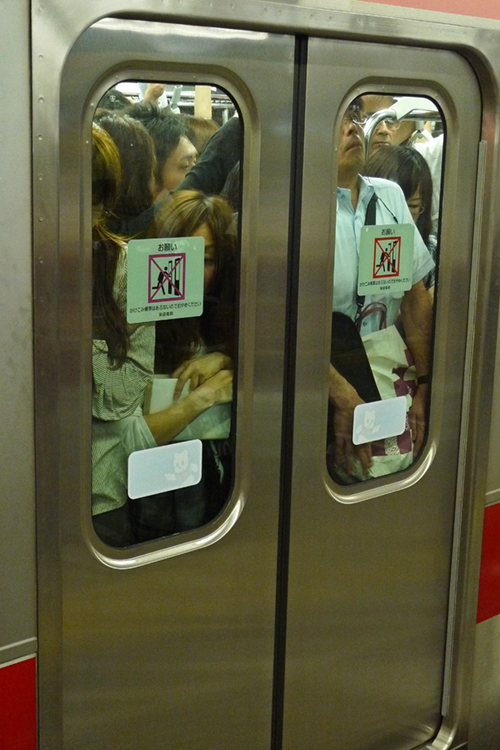| << Chapter < Page | Chapter >> Page > |
Humans are social creatures. Since the dawn of Homo sapiens nearly 250,000 years ago, people have grouped together into communities in order to survive. Living together, people form common habits and behaviors—from specific methods of childrearing to preferred techniques for obtaining food. In modern-day Paris, many people shop daily at outdoor markets to pick up what they need for their evening meal, buying cheese, meat, and vegetables from different specialty stalls. In the United States, the majority of people shop once a week at supermarkets, filling large carts to the brim. How would a Parisian perceive U.S. shopping behaviors that Americans take for granted?
Almost every human behavior, from shopping to marriage to expressions of feelings, is learned. In the United States, people tend to view marriage as a choice between two people, based on mutual feelings of love. In other nations and in other times, marriages have been arranged through an intricate process of interviews and negotiations between entire families, or in other cases, through a direct system such as a “mail order bride.” To someone raised in New York City, the marriage customs of a family from Nigeria may seem strange, or even wrong. Conversely, someone from a traditional Kolkata family might be perplexed with the idea of romantic love as the foundation for marriage lifelong commitment. In other words, the way in which people view marriage depends largely on what they have been taught.
Behavior based on learned customs is not a bad thing. Being familiar with unwritten rules helps people feel secure and “normal.” Most people want to live their daily lives confident that their behaviors will not be challenged or disrupted. But even an action as seemingly simple as commuting to work evidences a great deal of cultural propriety.

Take the case of going to work on public transportation. Whether commuting in Dublin, Cairo, Mumbai, or San Francisco, many behaviors will be the same in all locations, but significant differences also arise between cultures. Typically, a passenger would find a marked bus stop or station, wait for his bus or train, pay an agent before or after boarding, and quietly take a seat if one is available. But when boarding a bus in Cairo, passengers might have to run, because buses there often do not come to a full stop to take on patrons. Dublin bus riders would be expected to extend an arm to indicate that they want the bus to stop for them. And when boarding a commuter train in Mumbai, passengers must squeeze into overstuffed cars amid a lot of pushing and shoving on the crowded platforms. That kind of behavior would be considered the height of rudeness in United States, but in Mumbai it reflects the daily challenges of getting around on a train system that is taxed to capacity.

Notification Switch
Would you like to follow the 'Introduction to sociology' conversation and receive update notifications?